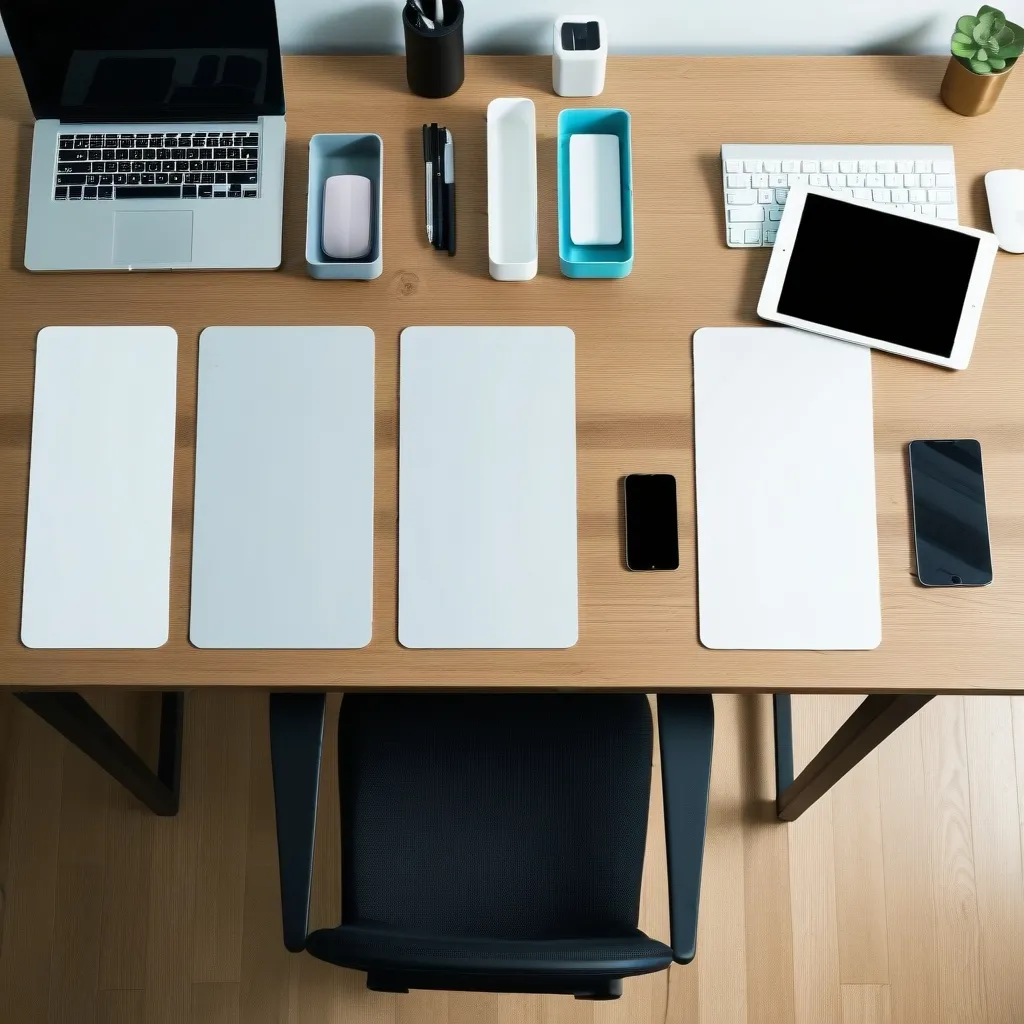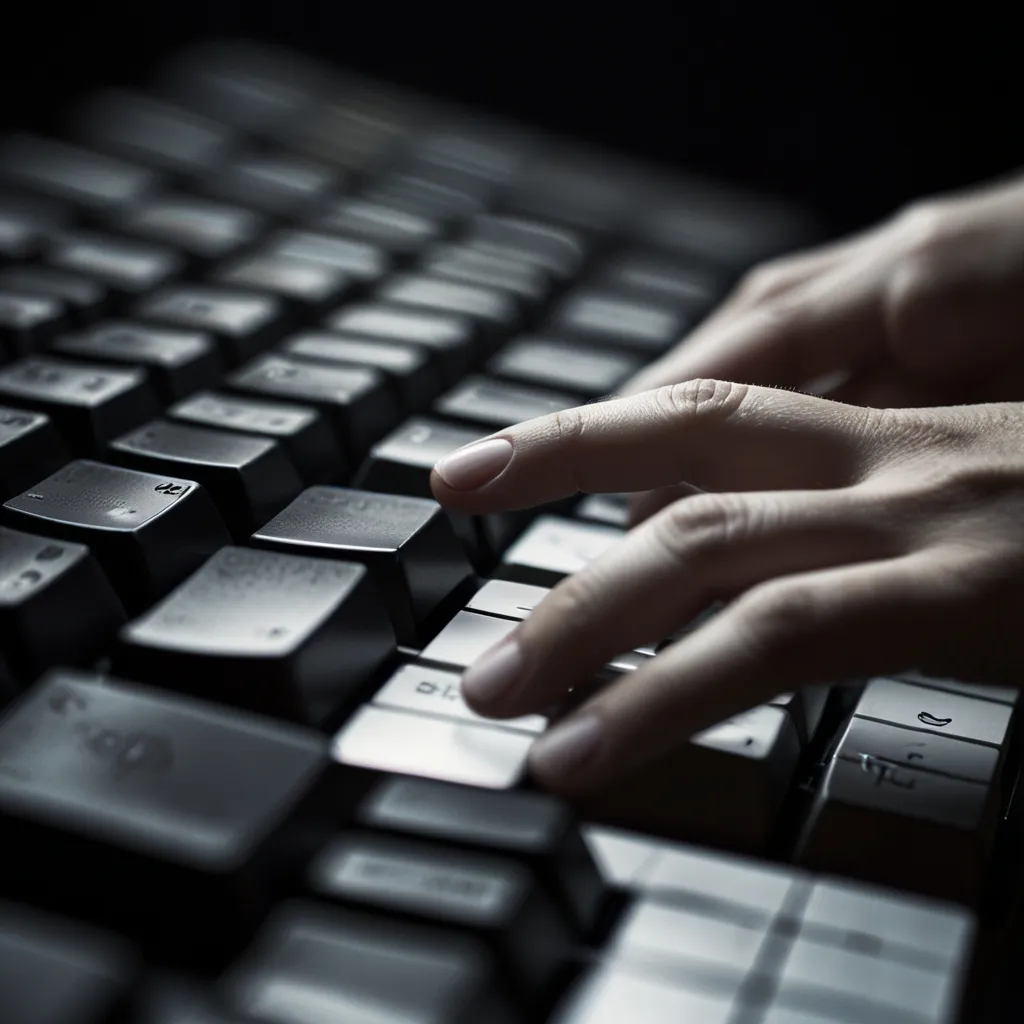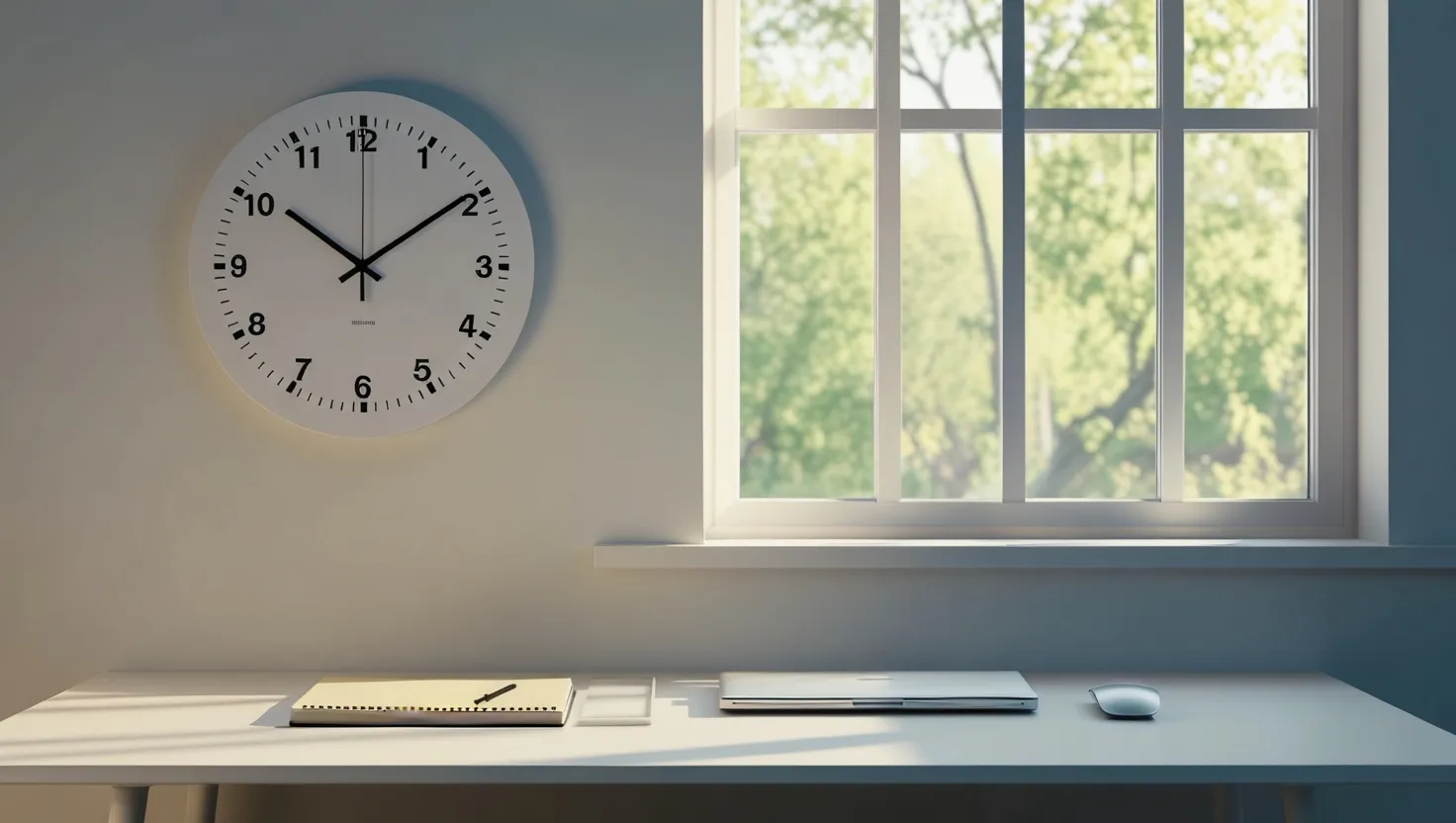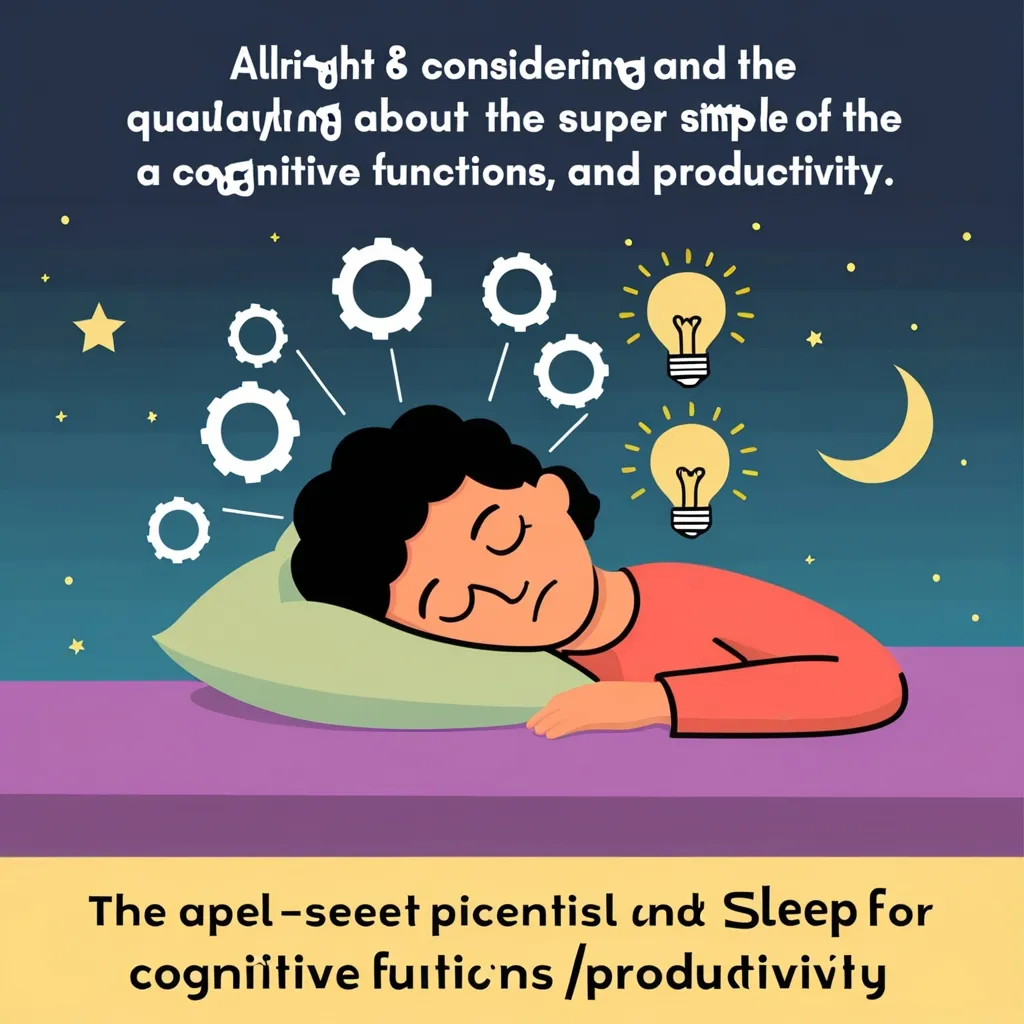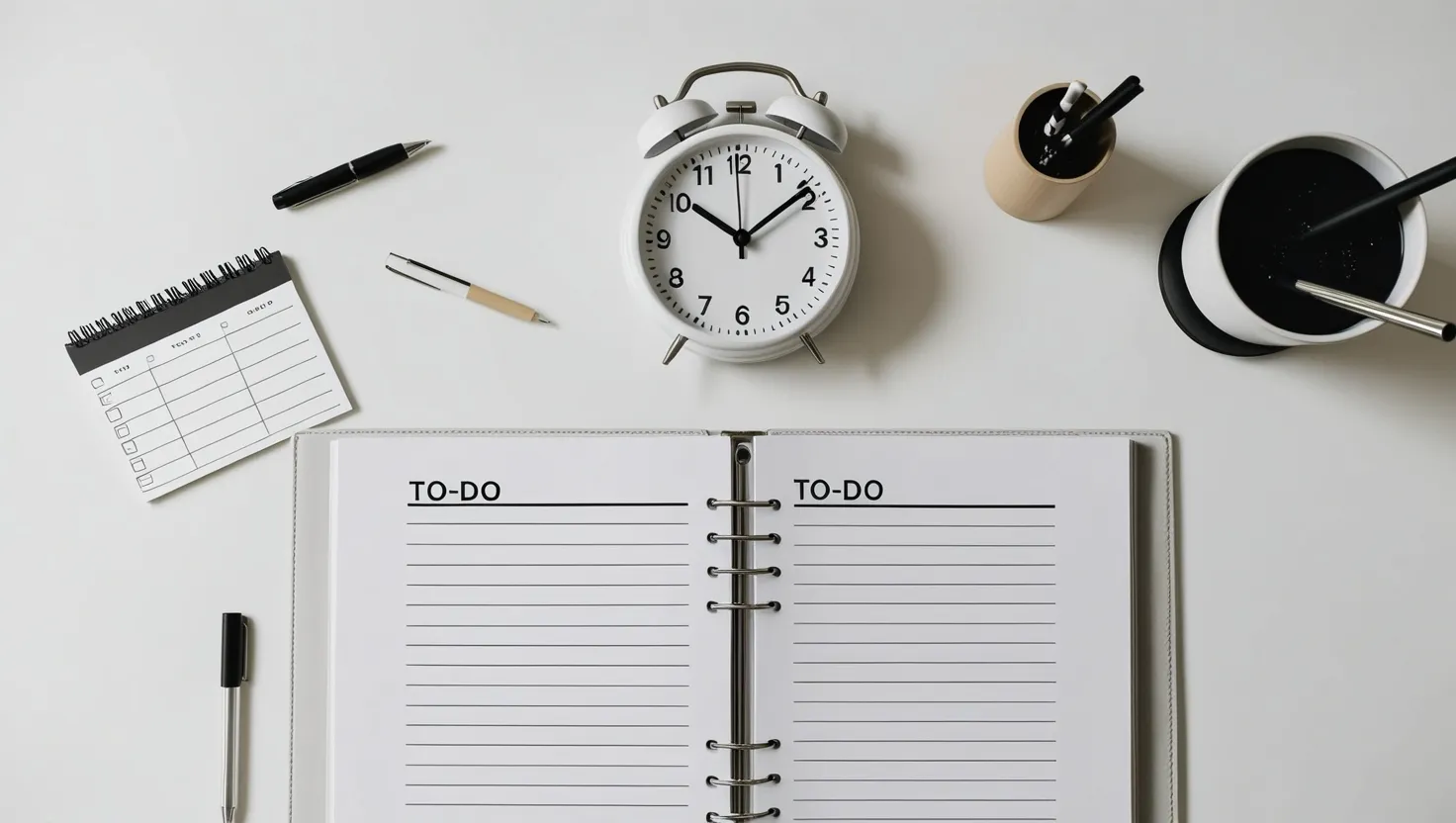Creating a workspace that’s free from clutter is a game-changer. It’s not just a matter of sprucing up your area; it’s about setting your scene for peak productivity and efficiency. When your space is neat, you’re not only clearing physical mess but also eliminating mental roadblocks that derail your focus and performance.
Start fresh by decluttering. This means chucking out everything that has no real purpose or doesn’t contribute to what you’re currently working on. Begin with your desk—say goodbye to outdated documents, old sticky notes, and the classic redundant copies of papers. Your trash bin should be your partner in crime here. Be ruthless and decisive about what stays and what goes, ensuring that only the essentials are at arm’s reach.
Carve your workspace into dedicated zones for efficiency. Imagine having a spot specifically for computer work, another for jotting down notes, and yet another for organizing tasks. This method of zoning helps you transition smoothly between tasks, keeping your workspace functional. Each zone should have all the necessary tools and supplies; that way, you don’t waste time hunting for items you need.
Storage containers and organizers are your best friends here. Use file folders, boxes, and even baskets to keep your desk and drawers looking tidy. Label these containers so you know exactly where everything is; it saves you time and cuts down on stress. Items you rarely use? Stash them in labeled containers and keep them out of sight.
Labeling is one of those simple tricks that makes a huge difference. Use a label maker or even some sticky notes to mark the contents of drawers, folders, and containers clearly. This way, everything has its place, and you’ll know where to find what you need instantly. It helps maintain order and structure, crucial for staying productive.
In this digital age, your computer desktop counts just as much as your physical space. A cluttered digital environment can mess with your focus as much as a messy desk. Regularly archive old files, delete what you don’t need anymore, and keep your desktop icons to a minimum. Folders and subfolders are a must to categorize documents, and using digital tools for managing your email inbox can be a life-saver. Digital organization will boost your focus, cut down search time, and protect important documents from getting lost.
Personalizing your space, in moderation, can make you feel more connected to your work. Display just a few personal items like family photos or inspirational quotes, but avoid letting them turn into visual clutter. A small plant or a personal desktop calendar can also keep you motivated and on track.
Keeping your workspace organized is an ongoing task. Spend a few minutes each day tidying up your desk. Toss away unnecessary items and make sure your organization system is still doing its job. At the end of the day, organize your to-do list for tomorrow. This routine not only helps you reflect on what you’ve accomplished but also sets you up for a more productive morning. It’s like hitting the “reset” button, boosting time management and reducing stress.
Comfort should not be underestimated. A comfy workspace can skyrocket your productivity. Make sure your office furniture and equipment are set up to minimize distractions. Opt for noise-cancelling headphones or seek out a quiet corner if you’re in an open office. Comfy seating and ergonomic desks make a world of difference too.
An organized workspace offers a truckload of benefits. Finding what you need quickly improves your time management, leaving less room for frustration. Plus, a neat desk minimizes distractions, letting you zero in on what matters. It also creates a calm environment, reducing stress and promoting a clear, focused mind.
Alright, here are some practical tips to make this happen:
Clear Space: Always have a spot on your desk that’s just empty—perfect for writing and moving things around. Keep it big enough so that you can comfortably jot down notes without pushing other stuff aside.
Device Management: Keep only the devices you actually need for your work on your desk. Unneeded tech and random gadgets are distractions you don’t need.
Supply Sorting: Sort your supplies like pens, notebooks, and other tools into sections based on what they’re for. Use containers or drawers to keep similar items together, making sure frequently used items are within easy reach.
Breaks and Reflection: Short breaks can offer a fresh perspective on your work. Reflecting on what you’ve achieved at the end of each day can help you plan effectively for the next day.
Organizing your workspace goes beyond just looks; it’s about creating a setting that fosters productivity and overall well-being. By clearing out both physical and digital clutter, you streamline your daily activities, boosting productivity and reducing stress. Remember, an organized desk is an investment in your professional success, whether you’re caged in a bustling office or working from a cozy corner at home.
All in all, getting your workspace in order is a key step toward boosting your productivity. Declutter, create efficient zones, use storage containers, label everything, and maintain a comfortable, personalized space. A bit of daily maintenance along with attention to both physical and digital organization ensures your workspace stays a powerhouse of productivity, keeping you on track to achieve your goals with clarity and focus.
